Are you going to visit Japan? Here is an absolutely essential activity in Japan: our mini-guide to visit Mount Fuji from Tokyo!
Located between Shizuoka and Yamanashi southwest of Tokyo, Mount Fuji – Fuji-san – is an emblematic volcano of the Japanese archipelago on the island of Honshu.
Japan’s highest point, it is 3,776 metres high and is a major activity of tourists and Japanese. High place of shinto spirituality and hiking and listed on the UNESCO World Heritage List since June 2013, visit Mount Fuji gives to see unique landscapes, between lakes – including the famous Lake Kawaguchi and that of Ashi -, thermal and mountain sources. The ascent of Mount Fuji is indeed very popular in the summer, as it allows to enjoy sunset or sunrise from the top.
Would you like to visit Mount Fuji from Tokyo? We warn you: our sources state that we need a good physical condition and determination! You are reassured in this article however: visiting Mount Fuji and hiking on its slopes remains feasible. Here is our mini guide to visit Mount Fuji from Tokyo!
Also: The 8 things to do in Tokyo for a first stay
Presentation and history of Mount Fuji
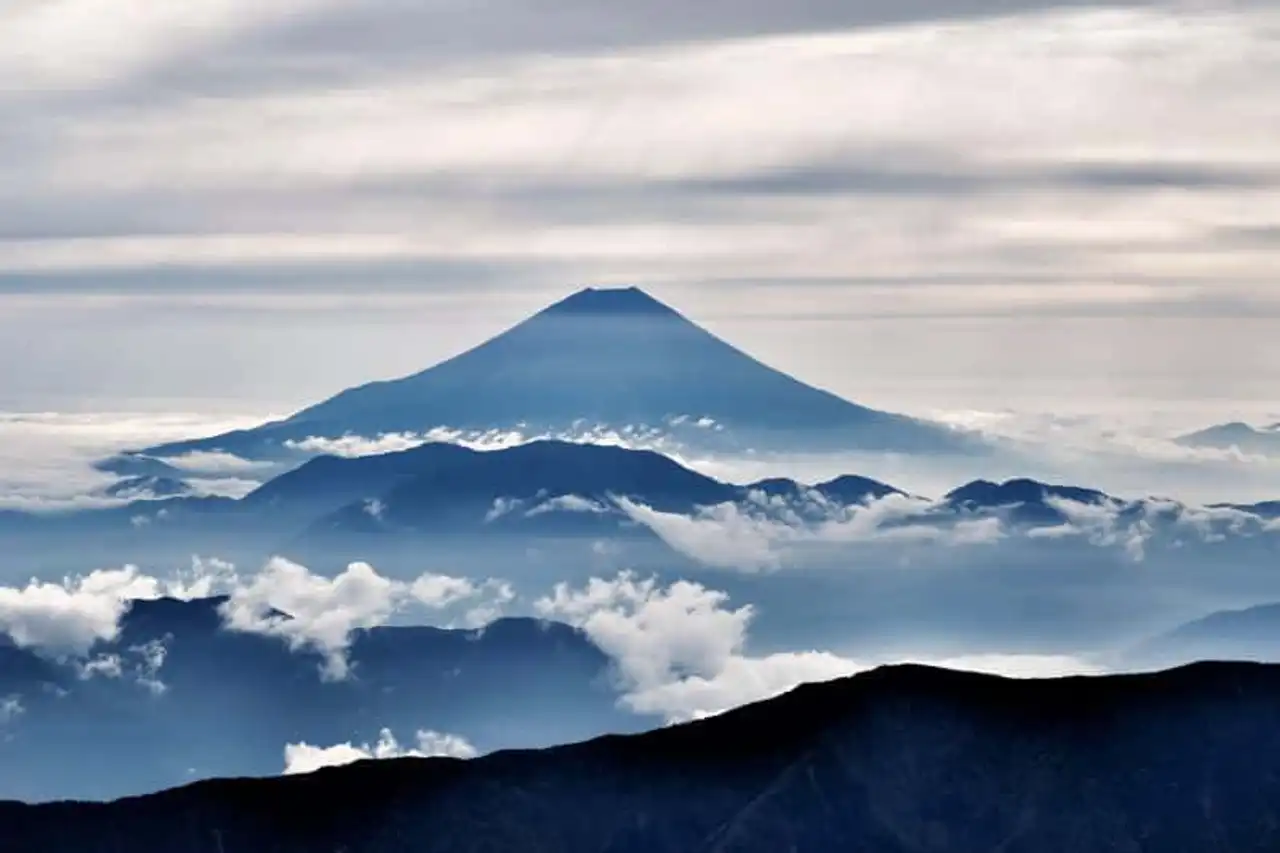
Imagine climbing a chimney about 4 kilometers high... Visible from almost anywhere in Japan on pictures, postcards, travel blogs and from nearby cities – Tokyo, Yokohama, Fuji, Shizuoka and Yamanashi -, Mount Fuji is almost asleep, but considered an active volcano.
His last eruption dates back to 1707. He would have come out of earth more than 600,000 years ago, and about ten eruptions occurred in a thousand years of history, from 781 to 1707, an average per century. Its eruptions can be particularly violent, like that of the year 864, where the lava would have even scinded Lake Senoumi, creating the two Saiko and Shoji lakes known today.
In Shinto religions and in Buddhism, volcano, symbol of Fire, Heaven and Earth, is seen as a deity in its entirety by the Japanese. This would be a bearer of a soul that guarantees dogma, peace and prosperity. The volcano is also very anchored in popular culture: it is the privileged place of inspiration for many Japanese poets and painters. Here's a little less playful record: Forest Aokigahara , at the sacred volcano foot, is the place where suicides to deplore are the most numerous in Japan.
What to see and do at Mount Fuji?
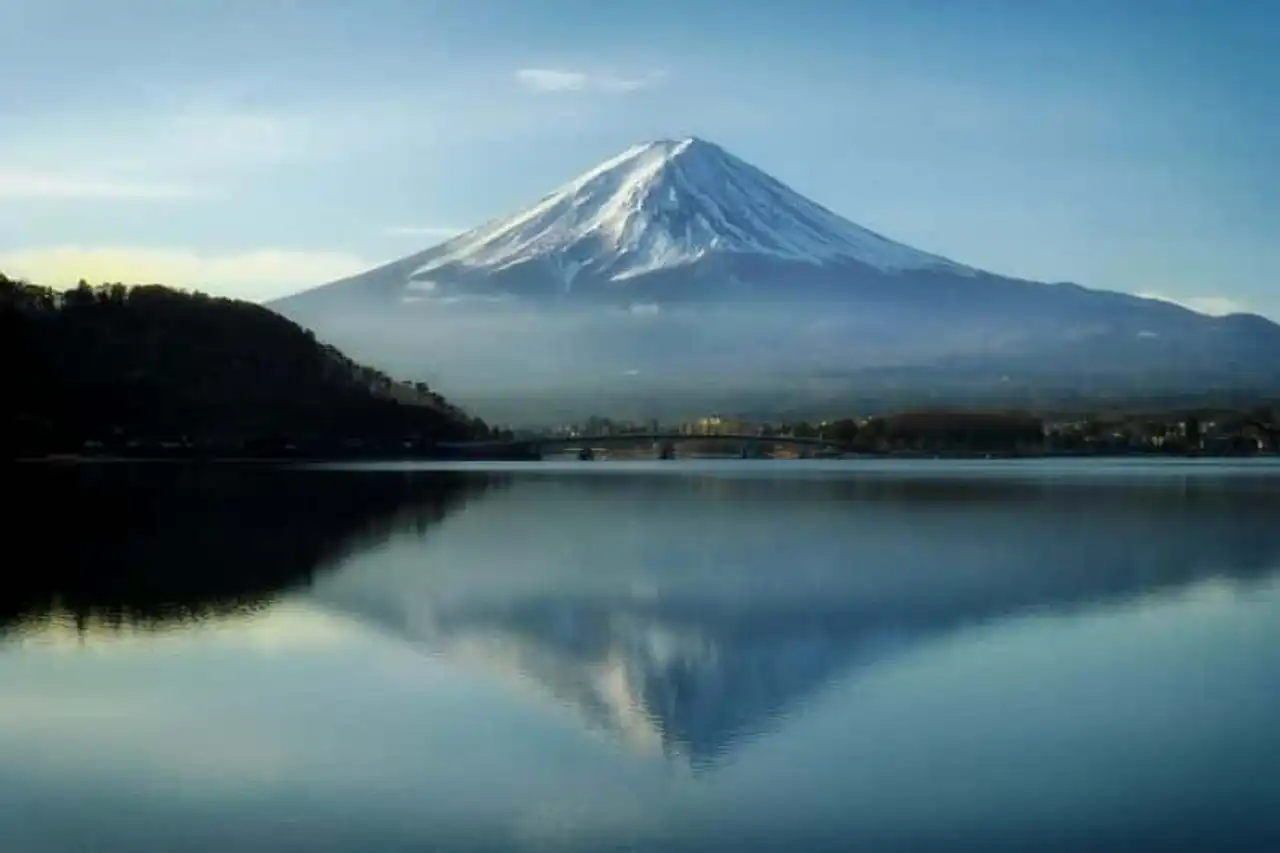
Visiting Mount Fuji from Tokyo is not just climbing up a rock and descending. The region is found in lakes, waterfalls, lava-covered forests, caves and cities where it seems to reign another time. Due to the rigour of the climates that are on its slopes – the average annual temperature is there -6.5°C and even in August and goes from -18°C to +8°C – it is difficult and unadvised to climb Mount Fuji outside July and August.
The wind, the cold and the amount of snow and ice may block you access to the top outside the summer. Ascension is paired with 10 stations and various relay points, with the 5th half-way station at 2,300 metres above sea level. The ecosystem, biodiversity and slopes of Mount Fuji are threatened by the impact of mass tourism. As a result, the authorities paid Mount Fuji to finance its preservation, and daily hiker quotas were decided.
Several scents allow you to snake to the head of this sleek monster, but they promise to be very crowded. The hike is known to be rather arduous; four paths are possible:
- Yoshida Trail
- Gotemba Trail
- Fujinomiya Trail
- Subashiri Trail
Mount Fuji , turn the crater, with a dive view on the highest peak. The end of the ascent, sometimes turtle, rocky, can be stiff at times. Plan your equipment well because if it can make 40°C in Tokyo in the summer, the temperature at 3,776 meters can be negative.
At the foot of the volcano , do not miss visiting the small village Saiko Iyashi no Sato Nemba , with its log roof houses and old medieval wood mills.
The Kawaguchi, Saiko, Shoji, Motosu and Yamanaka lakes are unmissable: they will offer you great views of the volcano from the water. You know what to do? Borrow it Funicular to Mount Kachikachi , for the beautiful observation platform at 1,075 meters above sea level. Enjoy the cascades around Mount Fuji: the Shiraito Falls and Otodome, for example, southwest of the volcano, are designated "natural monuments" by the authorities.
How do I get to Mount Fuji?
To visit Mount Fuji from Tokyo, several solutions are available to you. Access is relatively easy as the volcano is taken by the locals and tourists.
From Tokyo, we have to 2h25 by bus to arrive at the 5th hiking start station.
Go to Gotemba: train from Tokyo Station, take the line JR Tokaido to Kozu, change for the line JR Gotemba. A bus links from the station to the departure of the hiking trails.
We can also reach the city of Kawaguchiko from Tokyo (Shinjuku), at the Keio bus terminal. The journey takes between 2h and 2h30. A last bus to the Kawaguchiko train station allows you to reach the 5th station of Mount Fuji.
Timing and prices of Mount Fuji from Tokyo
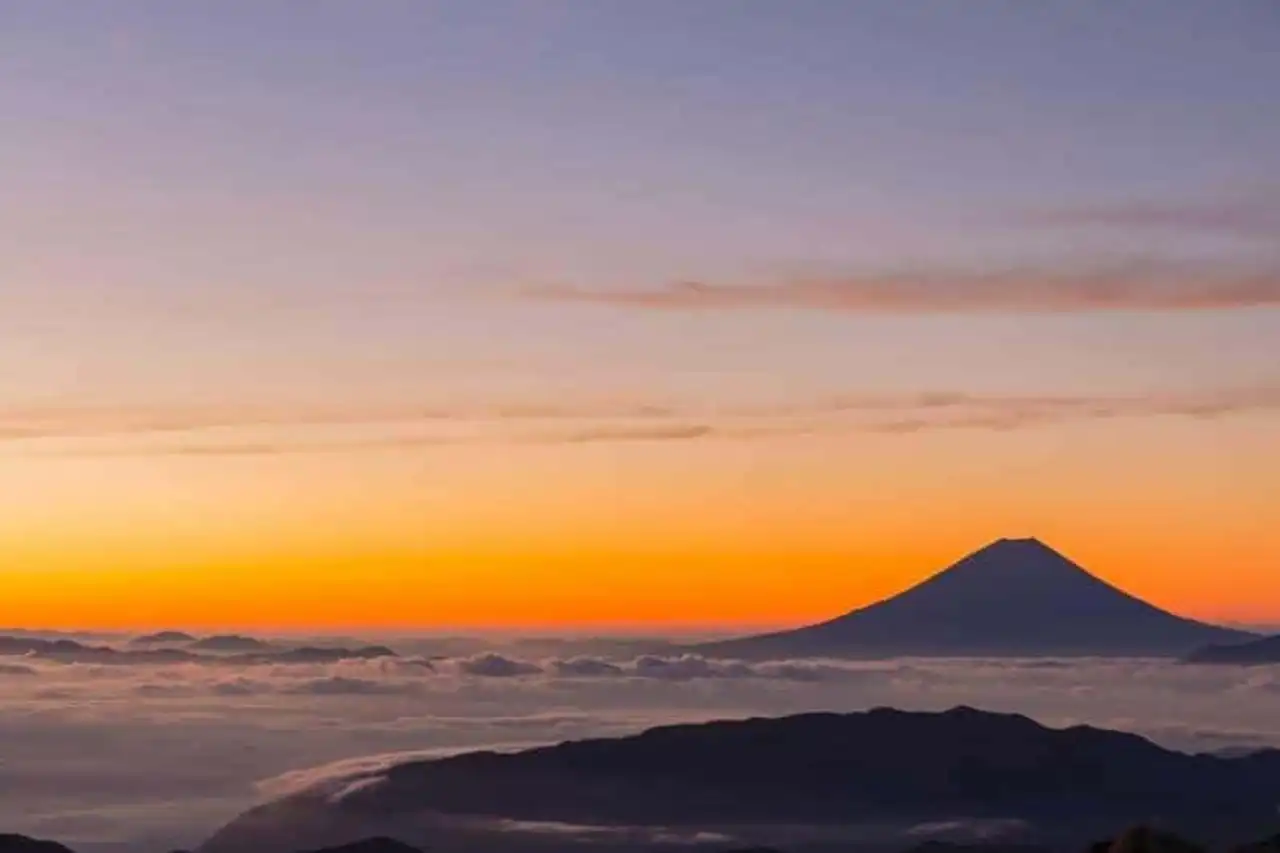
There is no specific schedule but there are two slots to visit Mount Fuji: the sunset (day climb, night descent) or sunrise (night climb, morning descent).
A tour by bus to visit Mount Fuji from Tokyo, via the Yoshida Trail, costs 5,400 yen (40 €).
A guided tour is possible with a guide. A participation of 1,000 yen (8 €), established by the municipal authorities to preserve the volcano, is welcome but not mandatory.
A night at the shelter (to see sunset or sunrise from the top) costs between 5,000 and 9,000 yen, or 40-70 €.
BON A LEARN
- Have good clothes, uphill hiking shoes, pants and underpantalon to protect yourself from cold
- Do not forget: frontal lamp, gloves, energy bars, lots of water
- Avoid visiting Mount Fuji outside the summer period
- Avoid ascension between Friday evening and Sunday afternoon in summer
- Avoid ascension of Mount Fuji towards the Obon leave period (mid-August)
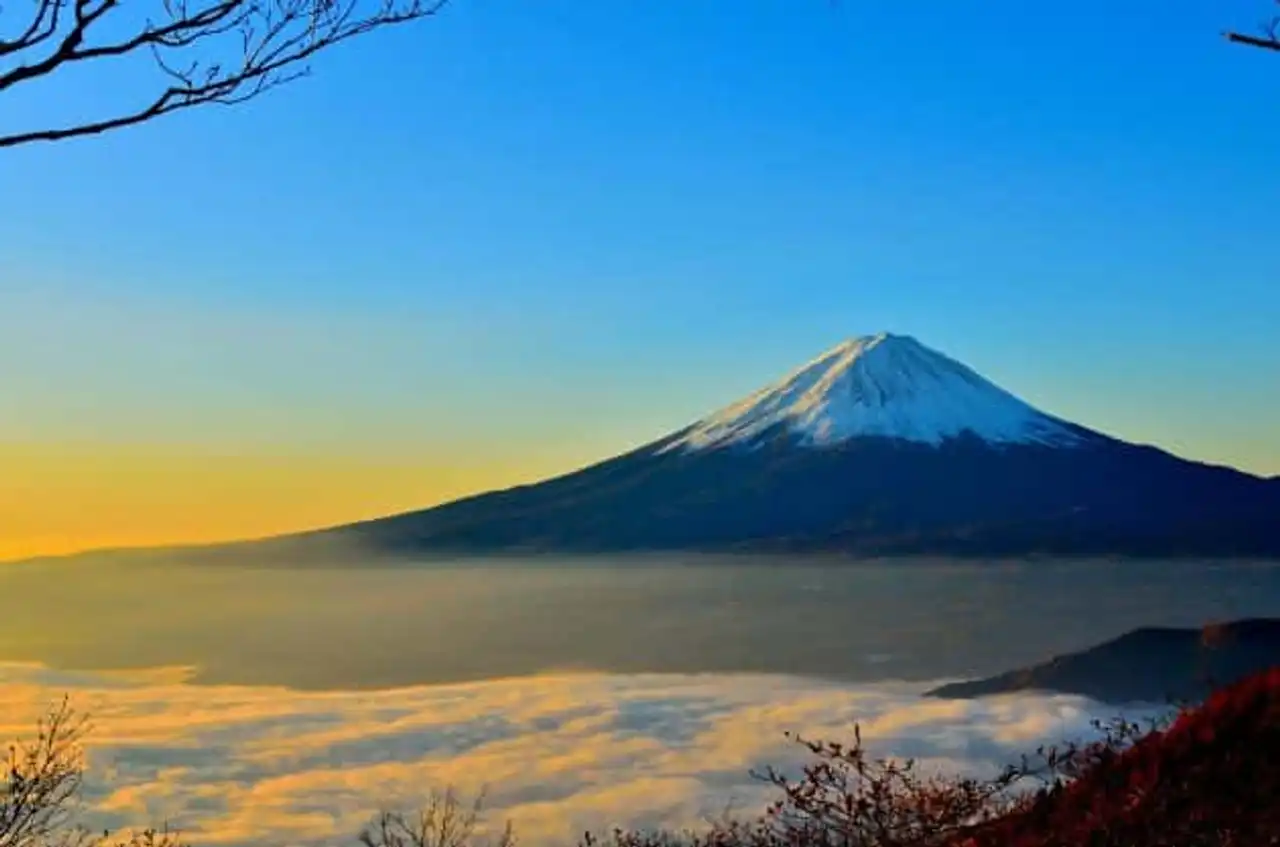





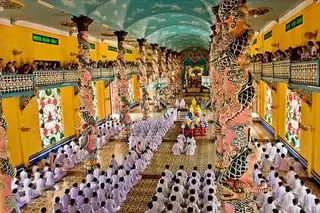
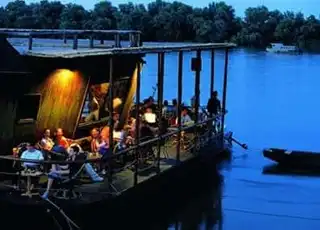
Loading comments ...